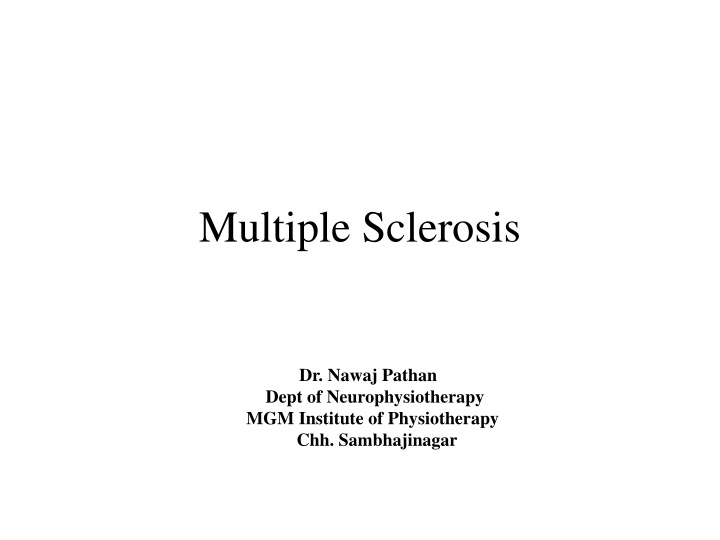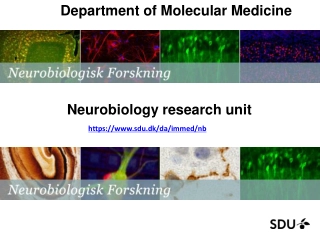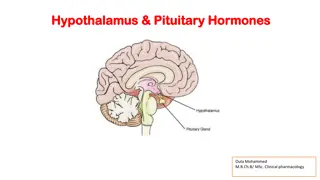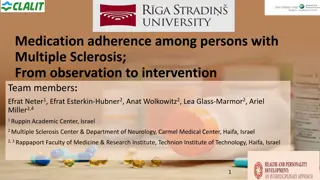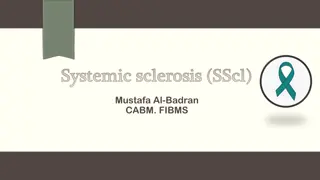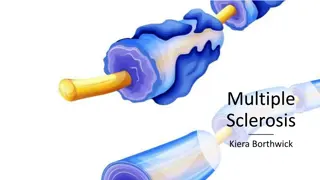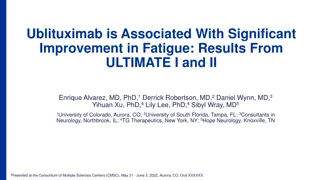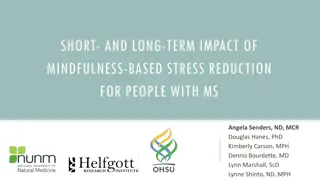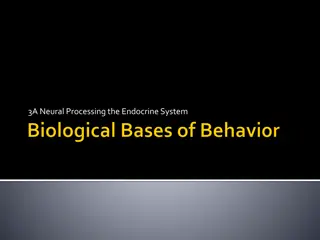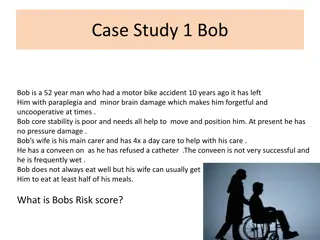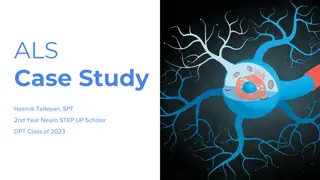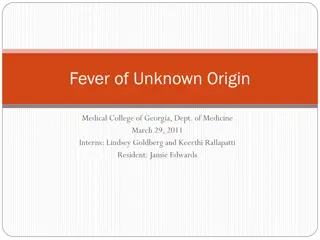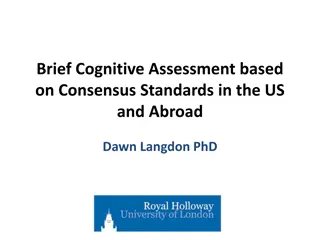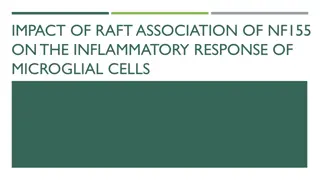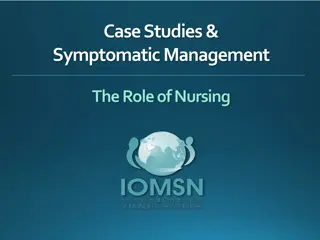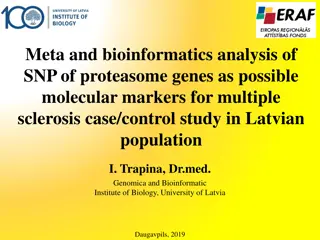Multiple Sclerosis
Chronic inflammatory demyelinating disease of the CNS affecting young adults, characterized by Charcot triad and immune response triggering T-Lymphocytes. Learn about epidemiology, etiology, pathophysiology, and clinical features of Multiple Sclerosis. Explore the impact on neural transmission, nerve fatigue, demyelination, and more.
Download Presentation

Please find below an Image/Link to download the presentation.
The content on the website is provided AS IS for your information and personal use only. It may not be sold, licensed, or shared on other websites without obtaining consent from the author.If you encounter any issues during the download, it is possible that the publisher has removed the file from their server.
You are allowed to download the files provided on this website for personal or commercial use, subject to the condition that they are used lawfully. All files are the property of their respective owners.
The content on the website is provided AS IS for your information and personal use only. It may not be sold, licensed, or shared on other websites without obtaining consent from the author.
E N D
Presentation Transcript
Multiple Sclerosis Dr. Nawaj Pathan Dept of Neurophysiotherapy MGM Institute of Physiotherapy Chh. Sambhajinagar
Introduction Epidemiology Etiology Pathophysiology Types of M.S. Clinical features
Its chronic inflammatory demylinating disease of CNS. Affects largely young adults between ages of 20-40 Also described as great crippler of young adults . Dr. Jean Charcoat first described- Charcoat triad Intentional tremors. Scanning speech. Nystagmus
Epidemiology Onset of M.S. typically occurs between 15-50. Peak age- 30 years Rare in children. Females are more prone for M.S. than male- 2:1
Etiology Precise etiology is unknown Most widely accepted theory is that- an auto immune disease induced by viral infectious agent. Herpes-I,II.VI along with chlamydial pneumonia are general agents of great interest in this infectious hypothesis. Increased IgG & oligoclonal bands in C.S.F.- 65-95%; M.S. patients provides convincing evidence of precipating infections an auto immune response.
About 33% patients found with positive history viral infections 15% patients found with positive genetic history.
Pathophysiology Immune response triggers the antibody production of T- Lymhocytes & macrophages. Antigen is triggered in response to command Produces cytotoxic effects within CNS- ( friendly Fire) BBB fails to & T- Lymphocytes enter the CNS & attack mylin sheath, surrounds the nerve. It serves as insulator & conserves energy for nerve
Demylination- slowing of neural transmission, nerves fatigue early. Severe disruption- conduction block- disruptions of functions Local inflammation & edema, infiltrates surround the acute lesion and can cause a masseffect ,further interferes with the conductivity of the nerve fiber. During the early stages of M.S. Oligodendrocytes (myelin - producing cells) survive the initial insult and can produce remyelination. This process is often incomplete and as the disease becomes more chronic.
Demyelinated areas eventually become filled with fibrous astrocytcs and undergo a process called Gliosis . Gliosis refers to the proliferation of neurological tissue within the CNS and results Glial scars (plaques} At this stage, the axon itself becomes interrupted and undergoes retrograde degeneration (dying axonopathy). Axonal loss varies from 10 to 20 % shows, milder form of the disease where as 80 % shows severe MS
Clinical course & Types M.S. is highly variable & unpredictable in person to person. RRMS- relapse with either fully recovery of some remaining neurological signs and symptoms & residual deficit, the period between relapse are characterized by lack of disease progression. PPMS- characterized by disease progression from onset, without pleatues or remission or temporary minor improvements. SPMS- characterized by relapsing- remitting course, followed by progression at variable rate including minor relapsing and remitting
PRMS- characterized by progressive disease from onset but without clear acute relapse that may or may not have recovery or remission commonly seen patients above 40 year. Benign MS- characterized by mild disease in which patient remain fully functional in all neurological systems after 15 years of onset . Malignant/ Marburg MS- characterized by rapid progression leading to significant disability or death within relatively short time period after onset.
Sensory Impairement Sensory Symptoms Hypothesia or numbness Paresthesias Pain Dysesthesias . Optic or trigeminal neuralgia Lhermitte's sign Chronic pain
Motor Impairement Weakness or paralysis fatigue Spasticity in-coordination Intentional tremor Impaired balance Gait disturbances
Visual impairement Blurred or diminished vision Diminished acuity of vision Scotoma Nystagmus
Bladder impairment Urinary urgency, frequency Nocturia incontinence Urinary hesitancy, dribbling
Cognitive impairment Memory or recall problems Decreased attention, concentration Diminished abstract reasoning Dimmished problem solving, judgment Diminished speed of information processing Diminished visual-spatial abilities
Sexual impairments Impotence Decreased libido Decreased vaginal lubrication Impaired ability to achieve orgasm
bowl impairment Constipation Diarrhea Incontinence.
Speech and swolling imapirment Dysarthia. Diminished verbal fluency Dysphonia Dysphagia
Emotional &other impairments Depression Pseudo bulbar affect Anxiety Cardiovascular Dysautonomia
Pattern of symptoms Varies from person-to-person Varies Over time in each individual affected First symptoms usually transient Early symptoms are typically sensory & visual Involves more than one functional component of the CNS
